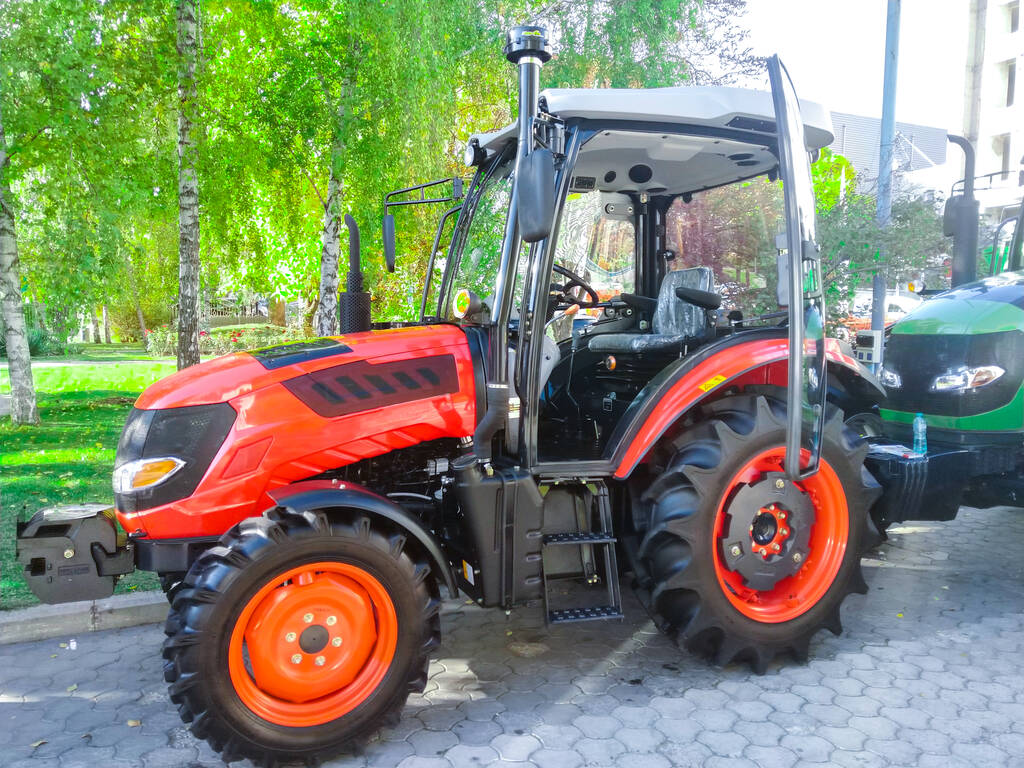Farm tractor tires play a vital role in the agricultural industry, as they are the primary connection between the machine and the ground. Selecting the right tires is crucial for maximizing efficiency, productivity, and overall performance on the farm. With an array of options available, it is important for farmers and agricultural professionals to understand the various types of tractor tires, their features, and how to choose the best ones for their specific needs.

This comprehensive guide will delve into the world of farm tractor tires, providing valuable insights and tips for making informed decisions.
- Understanding the Basics: Farm tractor tires come in different sizes, designs, and compositions to suit specific farming applications and terrains. The first step in selecting the right tires is to determine the tractor’s power requirements, as well as the soil and weather conditions in which it will operate. Tires are categorized based on their design, including lug, rib, and flotation tires. Lug tires offer excellent traction in muddy and uneven terrains, rib tires provide stability on hard surfaces, and flotation tires minimize soil compaction and maximize traction on loose soil.
- Choosing the Right Size: Selecting the correct tire size is crucial for optimizing a tractor’s performance. Manufacturers provide recommended tire sizes for their tractors, considering factors such as weight distribution, power requirements, and load capacity. It is important to adhere to these recommendations to ensure safety and prevent damage to the tractor or the soil. Additionally, farmers should consider the width and height of the tire, as these factors impact stability, fuel consumption, and maneuverability.
- Tire Construction and Composition: Tractor tires are constructed using various materials, including natural rubber, synthetic rubber, and steel. The composition affects the tire’s durability, puncture resistance, and grip. Bias-ply tires are constructed with layers of fabric and rubber, providing robustness and excellent traction. Radial tires, on the other hand, have layers of rubber cords running perpendicular to the tire’s centerline, resulting in increased flexibility, reduced fuel consumption, and enhanced ride comfort. The choice between bias-ply and radial tires depends on factors such as load capacity, terrain, and specific application requirements.
- Tread Patterns and Tire Maintenance: Tread patterns significantly impact a tire’s performance. Different tread designs offer varying levels of traction, self-cleaning ability, and resistance to wear. Deep and aggressive lug patterns excel in muddy conditions, while shallower lugs with wider spacing are suitable for general-purpose use. Regular tire maintenance, including proper inflation, rotation, and alignment, is essential for maximizing tire lifespan and performance. Farmers should also inspect tires regularly for signs of wear, cracks, or bulges, and replace them when necessary.
- Specialized Tires for Unique Needs: In addition to general-purpose tires, the market offers specialized tractor tires designed for specific farming applications. For instance, dual tires are used for enhanced stability and load-bearing capacity, particularly in heavy-duty applications. All-terrain tires are ideal for versatile use on various surfaces, providing the necessary traction in both field and road conditions. Low-ground-pressure (LGP) tires minimize soil compaction, making them suitable for delicate crops or wet fields. Additionally, farmers can opt for high-flotation tires for maximum traction and minimal ground disturbance in soft soil conditions.

Farm tractor tires are critical components that significantly influence a tractor’s performance, efficiency, and soil preservation. Choosing the right tires requires careful consideration of factors such as tire type, size, construction, tread pattern, and specific application requirements.
Learn more at Wiki as well.
